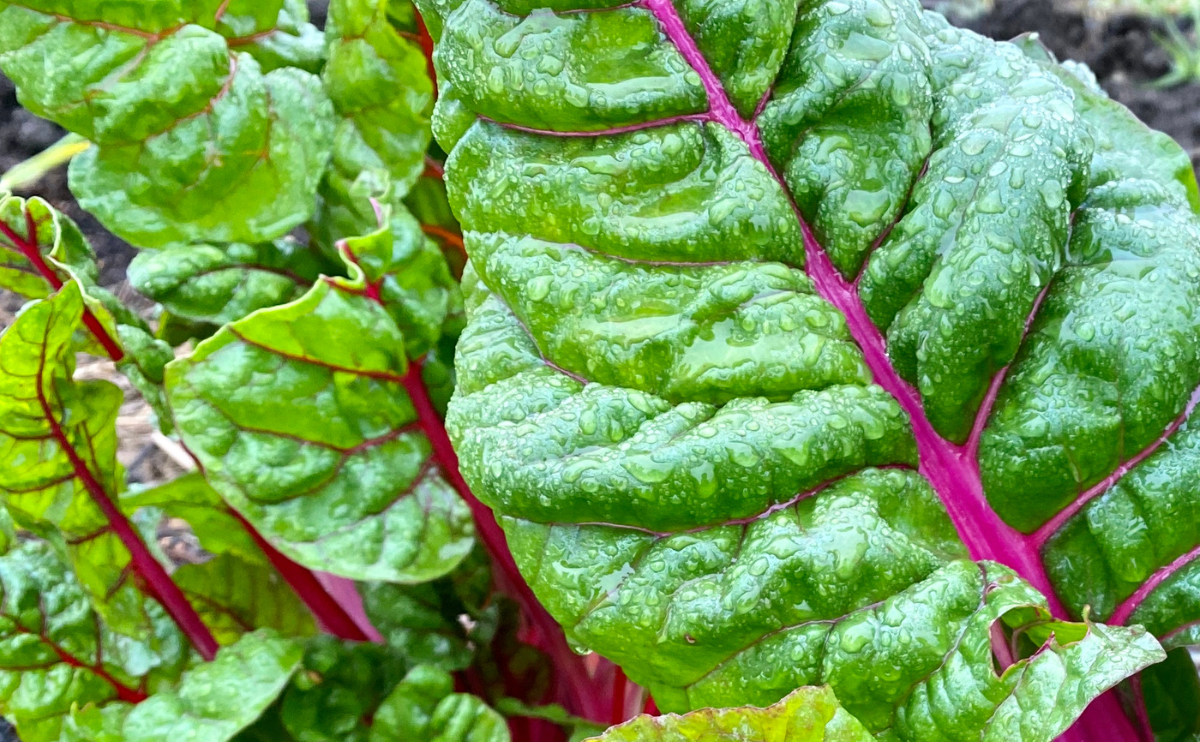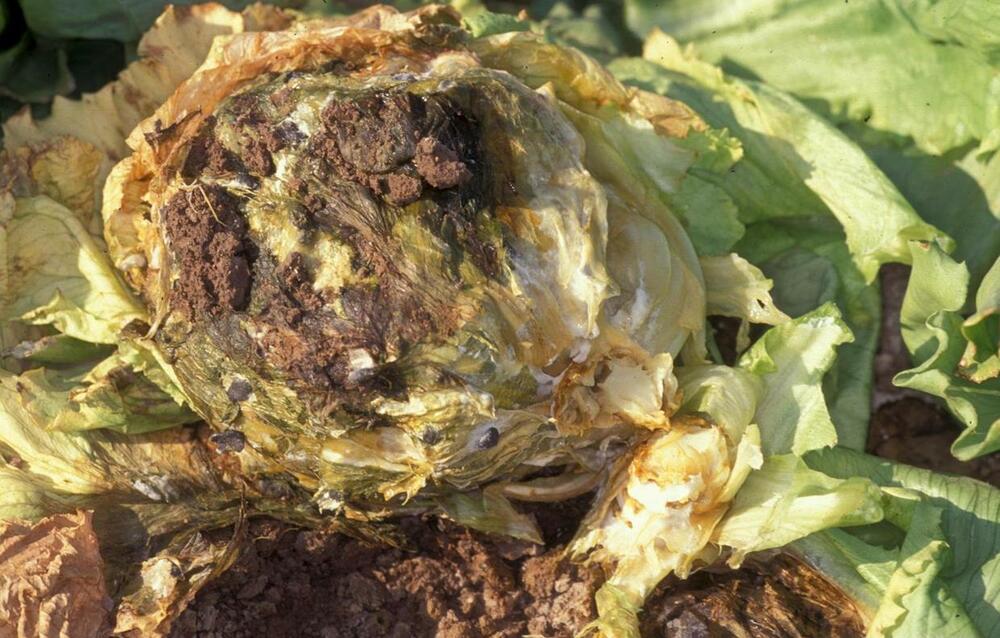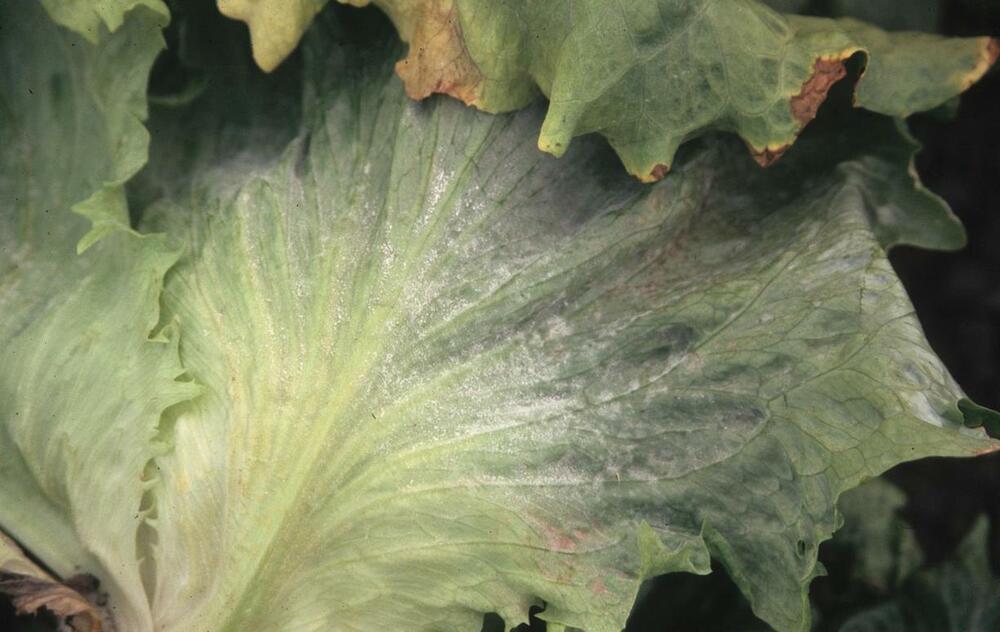Swiss chard (Beta vulgaris var. cicla) is often upstaged in the garden by its close cousins spinach and beets. But this biennial vegetable (meaning it completes its life cycle in two growing seasons) is extremely easy to grow, and it looks as good as it tastes. The large, thick, ruffled leaves grow from a crown at the base of the plant and come in a multitude of colors, with contrasting ribs and veining. And they keep growing as you harvest individual leaves. The plant flowers in its second growing season with small yellowish blooms. Swiss chard has a fast growth rate, with its best growth occurring in mild temperatures. It can be planted in the early spring or late summer.

| Botanical Name | Beta vulgaris var. cicla |
| Common Names | Swiss chard, silverbeet, silver beet, leaf beet, seakale beet, spinach beet |
| Plant Type | Biennial, vegetable |
| Mature Size | 18–24 in. tall, 9–12 in. wide |
| Sun Exposure | Full, partial |
| Soil Type | Rich, moist, well-drained |
| Soil pH | Slightly acidic (6 to 6.4) |
| Bloom Time | Summer |
| Flower Color | Yellow |
| Hardiness Zones | 6–10 as biennial, 3–10 as annual (USDA) |
| Native Area | Mediterranean |
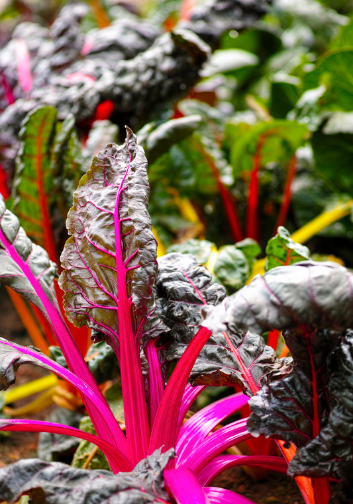
When to Plant?
This will be determined by your planting zone. There is a final frost date for each area. As a result, you can plan your gardening activities around this date. Check our Frost Dates Across North America: First & Last Frost Dates Chart. However, the date will not be the same for every plant.
How to Plant
Start planting about 2 to 3 weeks before last expected frost. Sow seeds ½ to 1 inch deep, 2 to 6 inches apart, in rows 18 to 24 apart. Like beets, chard “seeds” produce more than one plant, and so will require thinning. Thin to 6- to 12-inch spacings. If you plan to harvest whole plants, make succession plantings through late summer.
Mulch plants to retain moisture and suppress weeds.
You can begin harvesting when leaves reach usable size. Remove a leaf or two from each plant, or cut plants an inch or two above the soil for cut-and-come-again harvest. Avoid damaging the growing point in the center of the plant at harvest. As plants age, older leaves get tough. Cut plants back to about 3 to 5 inches tall to encourage a flush of new, tender growth.
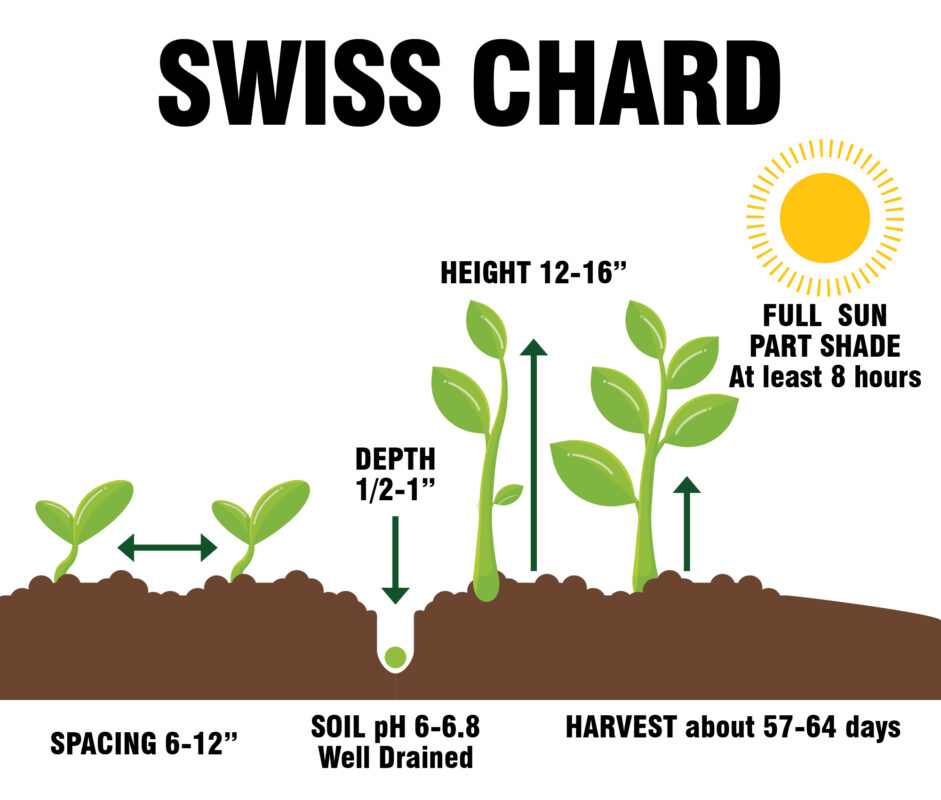
How to Cultivate
Grown for its tasty and nutritious leaves and leafstalks (petioles), chard is a good substitute for spinach in most recipes. Prefers cool weather, but lasts through summer without going to seed (bolting). Colorful leaves and petioles make it great for edible landscaping and ornamental plantings.
Prefers full sun early in the season, part shade in summer when it’s warm.
Biennial grown as an annual.
Requires thinning, but is otherwise relatively trouble-free.
Depending on variety, leaves are dark to medium green, usually with red or white leafstalks and veins. ‘Bright Lights’ has leaf stalks that are red, white, orange, purple, gold, or pink.
How to Harvest
Chard will be ready for harvest in 55 to 60 days from sowing. Pick outside leaves as early as three inches long but before leaves grow to10 inches long. Older leaves will have an earthy flavor. Harvest chard on a cut-and-come-again schedule; remove a few outside leaves at time. If you harvest the whole plant, cut it back to about 3 inches above the soil and it will grow back. Chare that over winters can be harvested again the second year.
Hydroponics
Germination: Begin by soaking the Swiss chard seeds in water for 24 hours. Then, place them in a damp paper towel and put them in a warm, dark place. Check the seeds every day and keep the paper towel damp. Once the seeds have sprouted, they can be planted in your hydroponic system.
pH range: Swiss chard grows best in a pH range of 6.0 to 7.0. Use a pH meter to regularly check the pH level of your hydroponic solution and adjust it as needed.
EC: The ideal electrical conductivity (EC) range for Swiss chard is between 1.2 and 2.2. Keep a close eye on the EC levels and adjust the nutrient solution accordingly.
PPM: The recommended parts per million (PPM) range for Swiss chard is between 700 and 1400. Use a TDS (total dissolved solids) meter to monitor the PPM levels and adjust the nutrient solution as needed.
Humidity: Swiss chard prefers a humidity level of around 50%. Use a hygrometer to measure the humidity in your growing area and use a humidifier or dehumidifier to maintain the ideal humidity level.
Light hours: Swiss chard needs at least 8-10 hours of light per day to grow properly. Use a timer to ensure your plants are getting the right amount of light.
Air temperature: Swiss chard grows best in temperatures between 60°F and 75°F. Make sure the air temperature in your growing area stays within this range by using a thermometer and adjusting the temperature as needed.
Water temperature: The ideal water temperature for Swiss chard is between 60°F and 70°F. Use a thermometer to regularly check the water temperature and adjust it as needed by adding ice or a water heater to your hydroponic system.
Overall, hydroponic plants require consistent monitoring and adjustments to their environment to ensure healthy growth. With proper care and attention, you should be able to harvest a bountiful crop of fresh and nutritious greens.

